In time of need, people will be driven to eat just about anything. While mushrooms are widely accepted as a source of food, trying to consume them from wild sources can be very dangerous.
On the other hand, starting your own mushroom farm now will give you a chance to select safe, nutritious mushrooms for daily use, as well as ones dedicated to medicinal purposes.
Growing Area and Basic Equipment
Most species of mushrooms grow in dark, damp places. While some species prefer temperatures in the low 70‘s, most prefer in the 60‘s. If you do not have a damp, dark cellar with a stable temperature, mushrooms will grow well in damp areas of a forest.
No matter where you decide to grow mushrooms, it is very important to make sure that spores from other mushrooms in the local area do not colonize the growth medium. Aside from taking vital nutrients away from mushrooms of interest, you may wind up growing poisonous mushrooms and not be able to tell the difference.
It is also very important to keep tools as sterile as possible in order to prevent molds, mildew, and other fungi from contaminating the growing area. Most mushroom growers keep a spray bottle with 70% rubbing alcohol on hand as well as sterile gloves.
Even if you are going to spritz the mushrooms or soil with water, you should first wipe down the sprayer nozzle with rubbing alcohol in order to kill off any bacteria or other organisms.
Since you may want to grow several species of mushrooms, it may be best to simply buy pre-designed kits that include the mushroom spores plus all of the necessary tools and trays. If you would prefer not to use a kit, you can set up a growing area using the following tools and supplies:
- Sterilize 20 x 20 trays or poly bags depending on species needs.
- Fill tray or bag with sterile growth medium. See chart for growth mediums for selected mushrooms.
- Make sure growth medium is at a proper temperature to promote growth. A heating pad can be used to raise substrate temperature, or make sure the room stays at the right temperature.
- Viable spores may be collected from fresh mushrooms purchased in the supermarket. Just be sure to select a source that is not contaminated with fungus or spores from poisonous mushroom species (see below for information on how to collect and store mushroom spores.)
- Prepare spores by scraping from spore print paper into sterile, room temperature water in a sterilized flask.
- Mix spore filled liquid with sterile vermiculite
- Use a sterile syringe to cover the growth medium with spores, but do not place soil on top of the spore material.
- Keep compost at approximately 70 degree temperature until white roots (mycellium) appear in the growth mix.
- Once you see evidence of growth, reduce temperature to lower 60‘s and cover box with clear plastic wrap or damp cloth.
- Cover mycellium with 1“ of fine potting soil.
- Compost should be kept moist, but not soaked.
- Some species of mushrooms will be ready to harvest in a matter of days, while others may take months or even years.
Mushroom Growth Habits
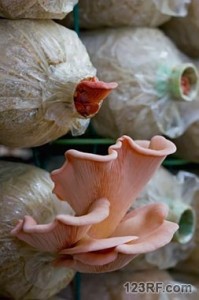
As the first flush is harvested, you will notice smaller mushrooms beginning to take their place.
Depending on the species, and the amount of growth medium available, you may get several flushes from a single inoculation.
Therefore, when harvesting mushrooms, you should always be careful not to disturb the medium. Carefully cut the stem of the mushroom you want to harvest, and leave the roots in place.
Preserving Spores From Generation to Generation
No matter whether you start off with a mushroom kit or spores from known edible mushrooms, it is very important to learn how to collect and preserve spore prints.
While these steps are not complicated, you must always start off with sterile tools and make sure that the spore collection process remains as controlled as possible. Here are the basic steps:
- Cut stem as close to the cap as possible without shaking or disturbing the cap.
- Place cap on a piece of paper in such a way that gills are sitting on the paper. The paper should be large enough to accommodate the entire mushroom cap.
- Put a few drops of sterile water on top of the cap
- Cover the entire cap with a glass bowl or container.
- Let sit for 24 hours without disturbing.
- After 24 hours, take off the container and lift up the mushroom cap
- You will see the gill pattern left behind on the paper. These are mushroom spores.
- Carefully place the spore bearing papers in a sterilized air and water tight container.
- Store in a cool, dry place until you are ready to use the spores.
If you are particularly interested in crops that grow indoors and require little in the way of light or maintenance, mushrooms will easily meet your needs.
While some mushrooms take longer than others to grow, their medicinal value may make it worth cultivating them. See more about their medical uses in the infographic below and send us your feedback using the comment form:
At the very least, you can start working with easy to grow mushrooms and work your way up to more advanced strains. You will surely take a good advantage of them for survival.
Learn everything you need to know about what vegetables you can grow in Pocket Farm.
This article has been written by Carmela Tyrell for Survivopedia.


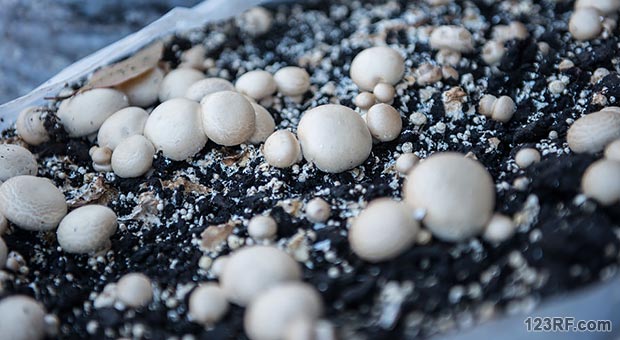

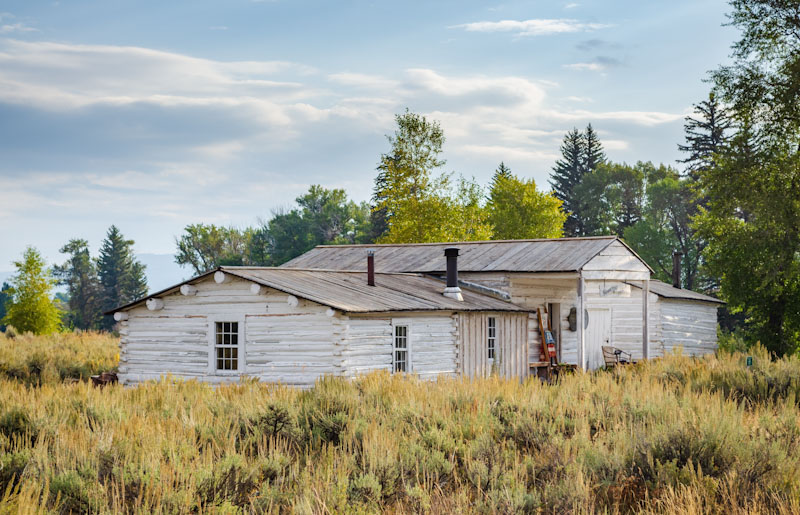
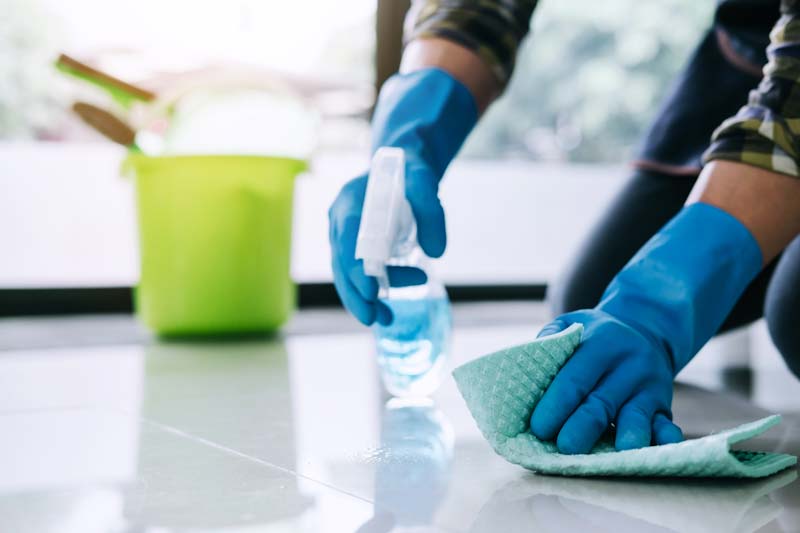
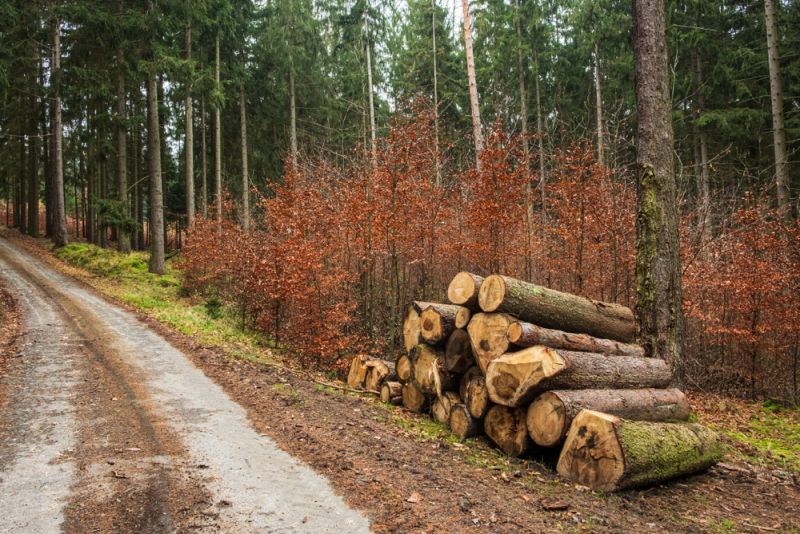
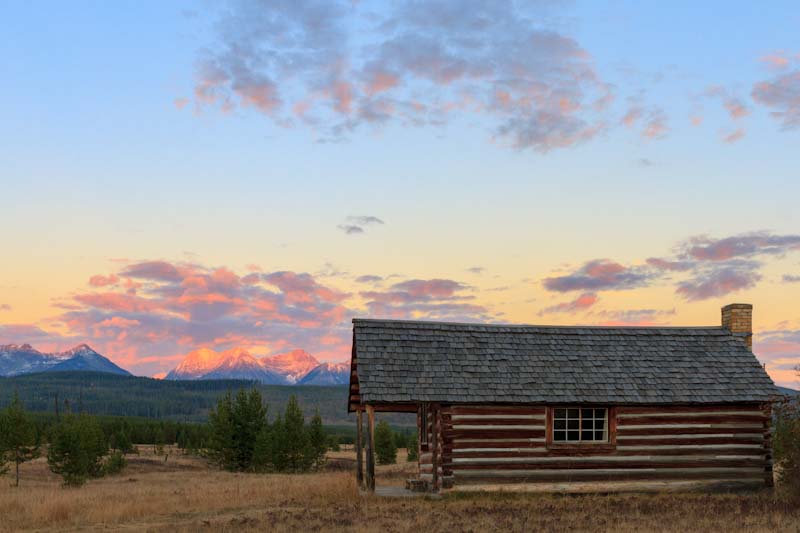

ken pifer | April 27, 2014
|
Once again an article on fungi that could be extremely dangerous to anyone following your advice. Your last article was about harvesting wild fungi, which is fatal for many every year. Unless you are absolutely certain, it is a recipe for disaster as many extremely poisonous fungi look very similar to edibles.
Now this article on growing that is extremely simplified to the point that people could be at risk. You did not address the myriad of pathogens that will also grow in media along with the fungi. If a culture is contaminated, eating those fungi, even though they may fruit, could cause sever health problems, or even death. While growing fungi can be simple, you must maintain a sterile environment, which you did not address.
Also some of the species you highlighted are near impossible to cultivate and fruit. The cordyceps you listed is not a species that a novice will have any success with, as most skilled mycologists are still struggling to find suitable media, as it naturally grows from a very specific grub in Tibet. I understand you are trying to give people information that will be helpful, but your lack of research and knowledge in mycology can be dangerous to those that read these articles.
Carmela Tyrrell | April 27, 2014
|
Hi Ken –
Thank you for your feedback on this article.
Please be advised this is the first article I’ve written on mushrooms, so I don’t know what you mean by a previous article of mine on harvesting wild mushrooms.
Also – I am curious if you have ever grown mushrooms before, or if you have done anything with pathgen management in moist, wet or aquatic environments (example, even if you have not grown mushrooms, have you taken care of tropical fish, turtles,or reptiles and successfully treated their diseases and kept them from spreading across multiple habitats?)
With regard now, to m my article; I pointed out the dangers associate with wild harvesting and growing mushroooms in several locations, including the first paragraph, second sentence: “While mushrooms are widely accepted as a source of food, trying to consume them from wild sources can be very dangerous.”
Paragraphs 4, 5, and 6 in my article were also largely dedicated to this topic. When combined with other references to sterilization, this article has about 300 out of 1200 words, or 25% dedicated to safety awareness, but not necessarily technique.
I agree with you that the topic of pathogen control (as in mold, mildew, bacteria, and others mentioned in my article) is complicated, and perhaps deserves a series of articles all by itself. This is one of the reasons why I recommended buying pre-designed mushroom growing kits because they come with complete information on sterilization procedures and maintaining a safe growing environment.
Finally, with regard to cordyceps being grown only in the wild, GNC and many other stores seem to have more than enough coryceps supplements on the shelves. They and others that sell these supplements have strain derived from wild sources that can also be grown using mushroom grow kits in the home.
When it comes to prepping, it is my hope that you, and others realize there is no substitute for experience, experimentation, and reading from mulitple sources. Unfortunately, though, when you seek to advise others based on innaccurate facts (such as there are no commerical strains of cordyceps that can be grown at home etc), then readers lose their chance to learn something of value, and overall survival becomes seriously diminished.
Kerry Keel | April 28, 2014
|
I enjoyed the article. Growing mushrooms is a good idea. I was not aware of their ability to help with various illnesses. I would appreciate reprint permission as I am in the process of setting up a web site for survival type information. People tend to be turned off by the hard sell of many sites, and, like myself, the long winded sales pitch. I find the videos deplorable. Get to the point, people have other things to do. That, is a part of my effort. If people want the information, they’ll read it. If they must endure a long winded spiel, they may go elsewhere. I desire to be that elsewhere, and to make what I offer, easy to read, understand, and to employ. Your thoughts on this, please.
admin | April 28, 2014
|
Hello, Kerry,
you may re-post our content as often as you like according to our Terms and Conditions posted on the website. Thank you for your feedback and for being interested in our content. God bless and stay safe!
matthew | May 1, 2014
|
I tried growing morels out of the ground. I read that you have to put scraps on top and they will grow. Do you have any tips on what I should do. I live in northern Minnesota and morel mushrooms usually grow right after rain. I never could grow them. Could you help me out?
carmela tyrrell | May 2, 2014
|
Hi – thank you for asking on the Morels. Can you tell me what you have tried so far, and where you are getting stopped in the process? For example, if the mushrooms aren’t making mycelium, I might be inclined to say there is a pH or nutrient problem in the soil, or temperature is wrong.
carmela tyrrell | May 2, 2014
|
PS – also where are you getting the spores, and how are you storing them?
shayne | December 9, 2014
|
what is the work involved on a mushroom farm?
Pingback:8 Ideas On How To Repurpose 5 Gallon Buckets | The Prepper Dome | January 30, 2015
|
Paul Gilbert | January 31, 2015
|
Very good atrial to read nothing like fresh food I have just started out on this using store bought ones ,first mushrooms on kitchen paper towels leave 24 hours with dish over to get the spores , then I chop mushrooms up well just need the middle and this is placed in Hydrogen_peroxid 3% nothing above this or it will kill the pieces, next get glass jar boil it with clean water add one spoon of honey or maple syrup with the water wait till cool then add pieces along with Hydrogen_peroxid to the cool water wait 3 weeks and mushroom mycelium will grow ,add this to straw sawdust depend on mushrooms your growing ,once mushrooms grows do the same pick biggest mushroom chop add to honey eta ,but remember you only need little mushroom mycelium and with kitchen paper towel with spores you can cut in small bits and add to the straw for a double whammy
Grampa | January 31, 2016
|
I do enjoy all the articles. They are always informative and too the point. I would ad someting that while not entirely about growing it would help in averting much conflict and could save many lives but not just from hunger. I have lived around the Detroit area in Michigan for almost seventy five years. I see the warnings about the coming collapse which could cause riots and the excusr for government to enact martial law. Because I am no longer able to do the things I propose I will tell others in hops it may save a few people. Detroit now looks looks a third world war zone in many areas. There is many acres that could be transformed into garden and even ways to produce income. I asked the city o offer free rototilling but as usual didn’t even get an answer. Food would be the major reason for the citizen to venture out of the relative safety of heir community to feed their family’s. The dangers would come when they would enter the other communities seeking to try to purchase or take food. If We could keep these people fed It would solve may problems. I now ask for others who are capable able bodied to organize and teach these people to feed themselves for everyone’s safety. I would be glad to teach what I know if I could get there. Because I take pain med’s I don’t belong on the road unless I prepare ahead of time. I know of and contacted a few good people but they cannot afford to rent space to hold a crowd large enough to be worth the travel and setting up demonstrations. Does any out there have any suggestions? We still have time and would like to pass on what I know before I pass on. I am now overly long so will now let my words sink in in the hopes we can do some good.
Grampa